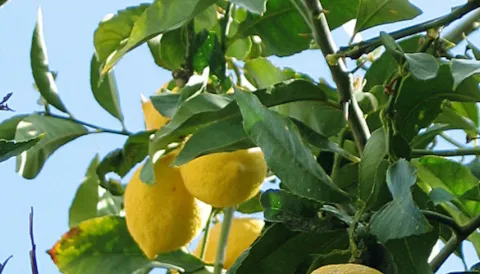Food safety and quality culture
Improve safety and quality of your products and services and consistently meet customer expectations.
Development and improvement of a quality and safety culture supports your commitment to consistency, continual improvement and customer satisfaction. These are tangible business benefits that play an important part in building resilience and sustainable business performance.
What is food safety culture
Food safety culture can be defined as the food safety attitudes, values and beliefs shared by a group of people. It is the product of employee attitudes, beliefs and behaviors that determine the commitment to and robustness of an organization's food safety management. In effect, an organization's food safety culture reflects "how we make safe food around here".
Studying foodborne incidents, it is noticed that most are caused by failures of GMP’s (Good Manufacturing Practices) and rarely caused by food safety system failures. It shows the importance to understand people's behaviors and what are the antecedents that influence their actions and attitudes.
Food safety culture is not only a technical issue. It is also the implementation of a food safety system standard. It includes management commitment demonstrated through the organization's vision, values, people systems, consistency, accountability and adaptability. It also relates to hazards and risk awareness and the adopted learning and behavior reinforcement practices.
Benefits of developing a food safety culture
With consumers becoming ever more concerned about food safety and quality, an organization’s long-term success depends upon meeting those concerns and also complying with increasingly stringent legal requirements.
With increasingly complex and fragmented food delivery system, companies need to go beyond written rules, regulatory oversight and safe food practices. Food safety must become a living part of the company culture to truly be sustainable.
Success requires that leaders and managers throughout an organization, from CEO to farm, field and shop floor supervisors must engage. To advance a food safety culture, regular communication, education, metrics, teamwork and personnel accountability is a must.
Any practice intended to keep global food supply safe should be habitual and systemic. Such qualities can be fostered naturally within a supportive and positive cultural setting. Engaging employees to adopt new skills, like adaptability and hazardous awareness can turn safe food practices from theoretical conversations to living actions.
Moreover, successful certification to all recognized food safety standards’ requires a food safety culture plan.
Getting started
Combining behavioral, technical and industry expertise, DNV can provide a high-level overview of food safety culture, supporting the understanding of current maturity level and defining actions beyond the management of system and people.
DNV is an accredited third-party certification body and can help you throughout the journey of developing a food safety culture starting from relevant training to self-assessments, gap analysis and ultimately to assist progression to certification services.
Learn more about how to get started on the road to certification.






